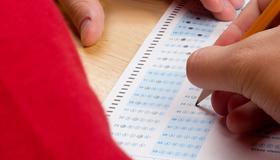In an effort to provide families with a disabled child more choices with regard to their child’s education, some cities and states have implemented school voucher programs that provide taxpayer assistance to pay for a child’s private school education. Doing so, supporters say, gives special needs children an opportunity to get a high-quality education at a school their families may not otherwise be able to afford. Yet, detractors of such programs maintain that private schools are not held to the same standard as public schools when it comes to providing special education services. Specifically, some parents worry about the implementation – or lack thereof – of the Individuals with Disabilities Education Act in private school settings.
What is IDEA?
The Individuals with Disabilities Education Act is a federal law that governs what public schools must do to meet the needs of children with disabilities. As mandated by IDEA, students with disabilities are guaranteed a Free Appropriate Public Education (FAPE) in the Least Restrictive Environment (LRE). Essentially, this means that public schools must make necessary accommodations so students with physical, mental, developmental, or emotional disabilities can learn with the same degree of ease as regular education students. These accommodations can vary widely, from more time to take a test to having specialized technologies or classrooms made available for students with disabilities.
This video offers an explanation of IDEA (Individuals with Disabilities Education Act ).


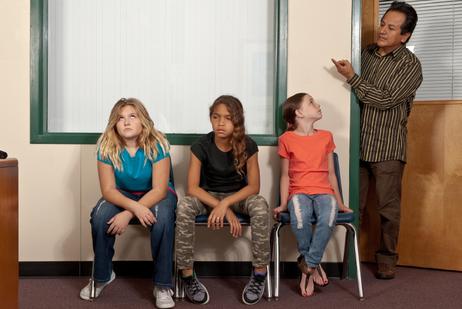
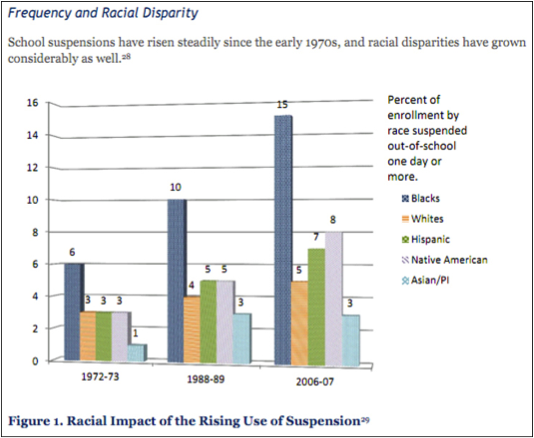 Graph from
Graph from 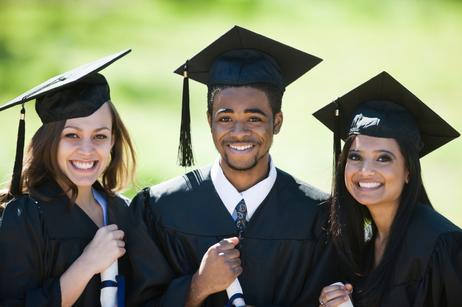
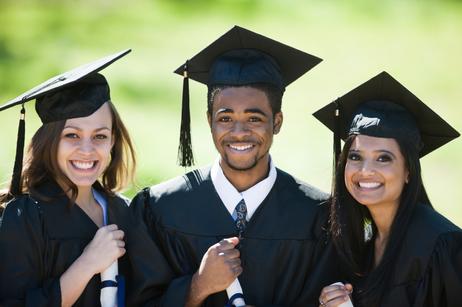
 Graph from
Graph from 










